Smart Packaging with IoT Integration: The Future of Connected Packaging
The evolution of packaging has transcended its traditional purpose of protection and containment. In today’s digital era, integrating smart technologies, particularly the Internet of Things (IoT), is revolutionizing the packaging industry. Smart packaging powered by IoT creates new opportunities for brands and consumers, offering enhanced functionality, connectivity, and data-driven insights.
What is Smart Packaging with IoT Integration?
Smart packaging refers to systems incorporating advanced technologies to provide functionalities beyond basic packaging. When combined with IoT, smart packaging becomes a real-time communication, tracking, and data collection tool. It leverages embedded sensors, RFID tags, QR codes, and wireless communication to connect physical products to the digital world, enhancing the user experience and operational efficiency.
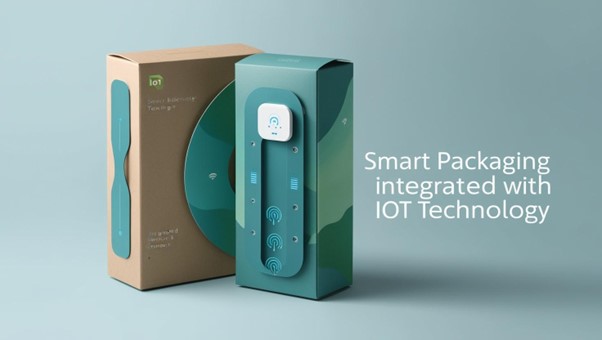
Key Features of IoT-Enabled Smart Packaging
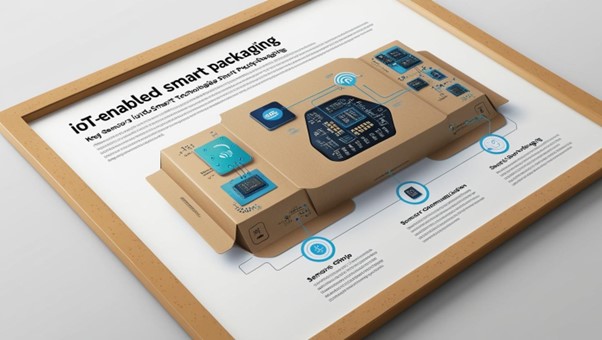
- Real-Time Tracking and Monitoring: IoT packaging sensors allow for real-time product tracking throughout the supply chain. Parameters such as temperature, humidity, and location can be monitored to ensure product quality and safety.
- Interactive Consumer Experience: QR codes and NFC tags integrated into smart packaging enable consumers to access product information, usage guides, and promotional content by scanning with their smartphones.
- Enhanced Product Security: Anti-counterfeit features such as unique digital identifiers and tamper-evident technologies help ensure product authenticity.
- Data Collection and Analytics: IoT-enabled packaging collects data on consumer behavior and product usage, offering valuable insights for brands to optimize their strategies.
- Sustainability Monitoring: Advanced sensors can measure environmental conditions to optimize the lifecycle of perishable goods, reducing waste and promoting sustainability.
Applications Across Industries
Smart packaging with IoT integration is transforming various sectors:
- Food and Beverage: IoT sensors in food packaging monitor freshness and shelf life by tracking temperature and humidity. Smart labels can indicate when a product is no longer safe to consume, reducing food waste and enhancing consumer trust.
- Pharmaceuticals: In the pharmaceutical industry, smart packaging ensures the integrity of sensitive medications. IoT-enabled packaging monitors storage conditions like temperature and light exposure, ensuring compliance with regulatory standards and preventing spoilage.
- Retail and E-Commerce: Interactive smart packaging enhances the consumer experience by providing instant access to product details, reviews, and usage tips. It also aids inventory management by offering real-time stock updates.
- Logistics and Supply Chain: Smart packaging improves supply chain transparency by providing real-time updates on the location and condition of goods. This is particularly beneficial for high-value or fragile items that require precise handling.
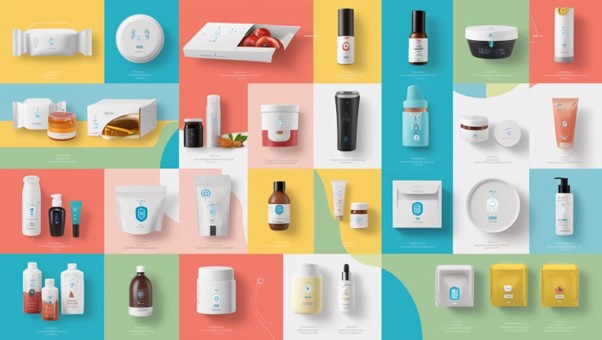
Benefits of IoT-Integrated Smart Packaging

- Improved Customer Engagement: Interactive features bridge the gap between brands and consumers, fostering loyalty and trust.
- Operational Efficiency: IoT-enabled tracking reduces inefficiencies and ensures timely deliveries.
- Reduced Product Loss: Real-time monitoring helps detect and address issues like spoilage, theft, or damage during transit.
- Data-Driven Insights: The data collected provides actionable insights into consumer preferences and product performance.
- Sustainability: Optimized logistics and waste reduction contribute to eco-friendly practices.
Challenges and Considerations
Despite its potential, IoT-enabled smart packaging faces challenges:
- Cost: The integration of sensors and IoT technologies increases the cost of packaging, making it less accessible for smaller businesses.
- Data Security: With increased connectivity comes the risk of data breaches and cyberattacks.
- Infrastructure Requirements: Successful implementation requires robust digital infrastructure and widespread consumer access to compatible devices.
- Recyclability: Adding electronic components to packaging can complicate recycling efforts, potentially conflicting with sustainability goals.
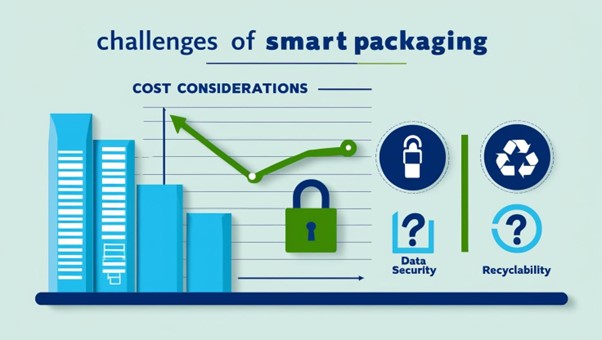
Future Trends in IoT-Enabled Smart Packaging
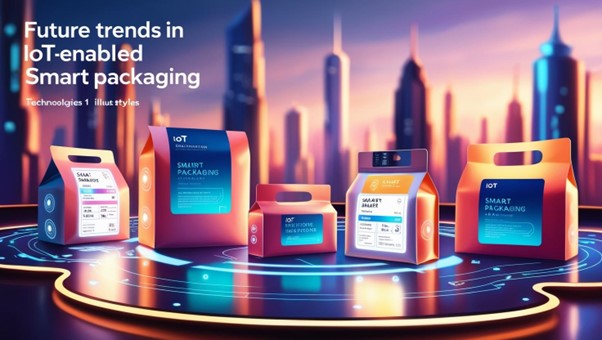
- Advanced Sensors: Development of compact, cost-effective sensors that can monitor multiple parameters simultaneously.
- Blockchain Integration: Blockchain technology can enhance transparency and traceability in supply chains, ensuring data integrity.
- Sustainable Smart Packaging: Innovations that combine IoT functionality with recyclable or biodegradable materials.
- Artificial Intelligence: AI-powered analytics to predict consumer behavior and optimize product performance.
- 5G Connectivity: Faster and more reliable networks to support seamless data transmission and real-time updates.
Conclusion
IoT-enabled smart packaging is not just a trend; it represents the future of the packaging industry. By merging physical products with digital capabilities, it enhances functionality, sustainability, and consumer engagement. However, addressing challenges such as cost and recyclability will be crucial for its widespread adoption. As technology evolves, IoT-integrated smart packaging is poised to redefine the way products are packaged, marketed, and consumed, creating a smarter, more connected world.
References –
https://www.packaging-gateway.com/features/smart-packaging-iot-revolution/



